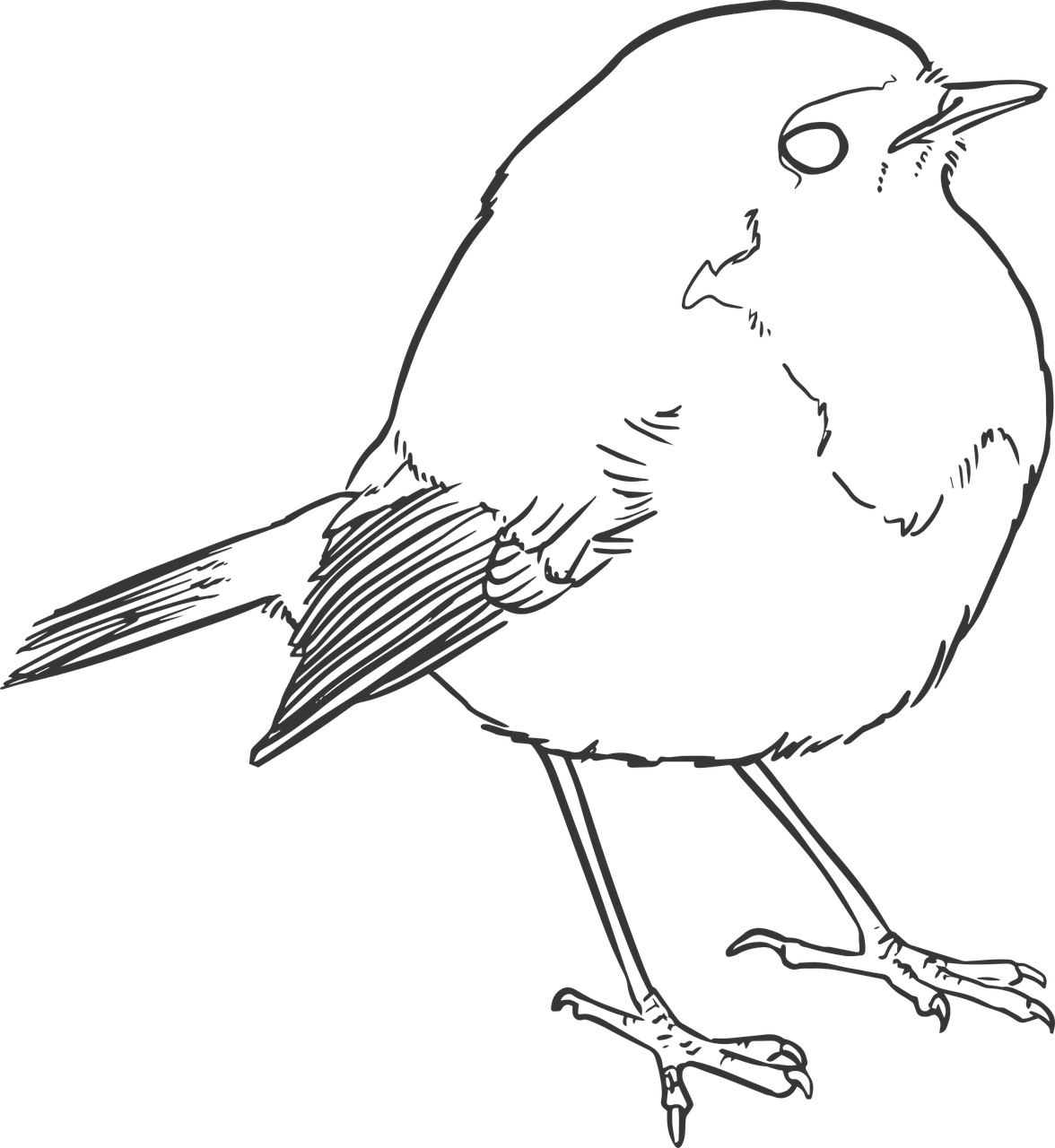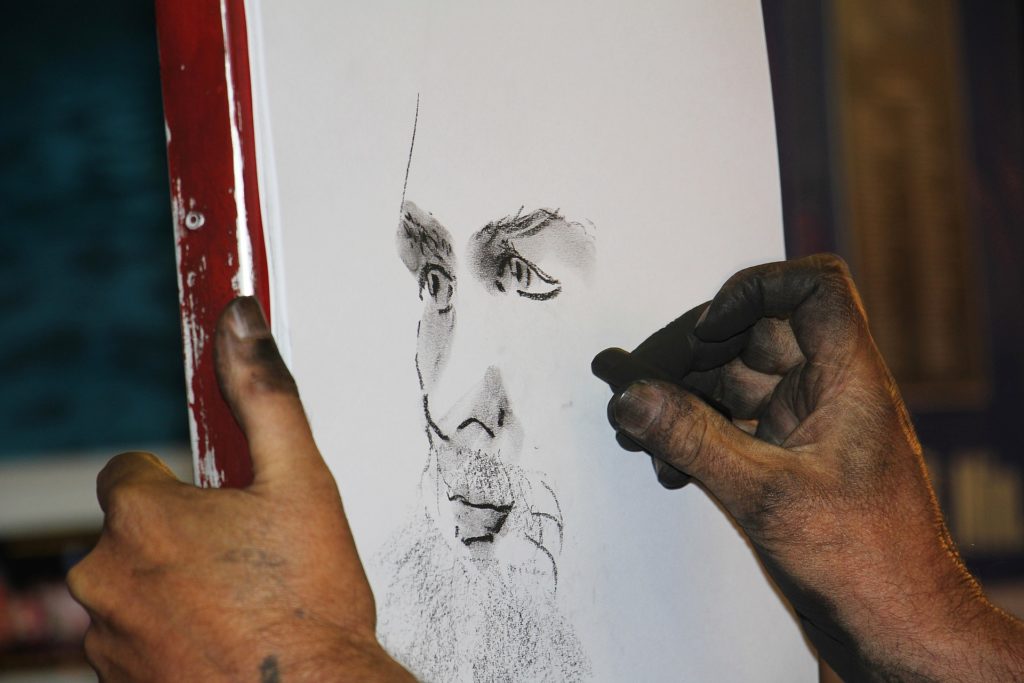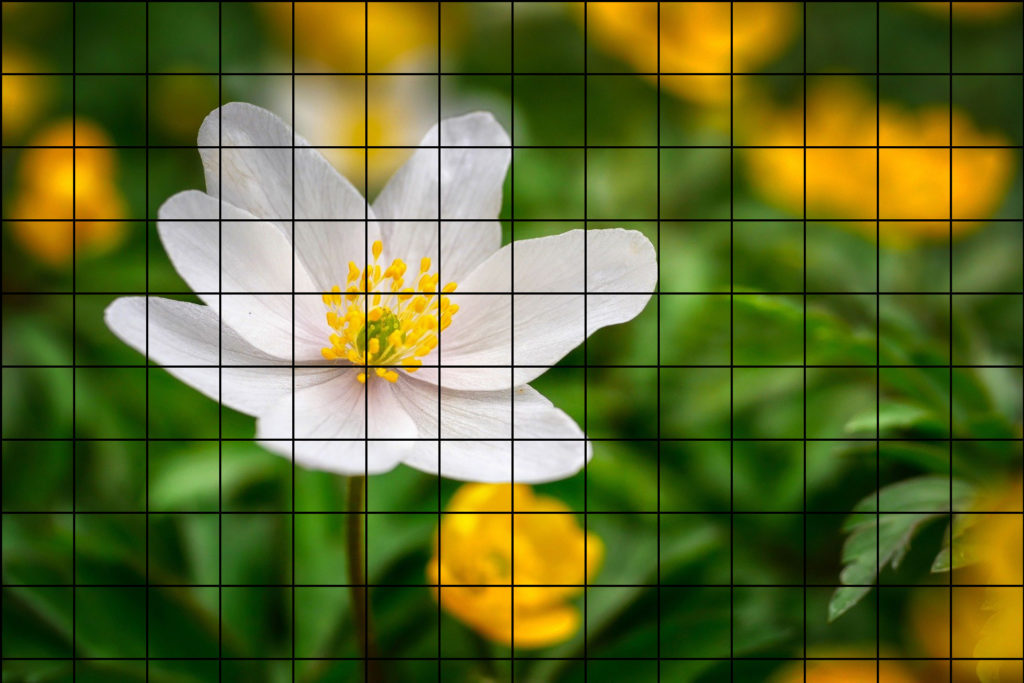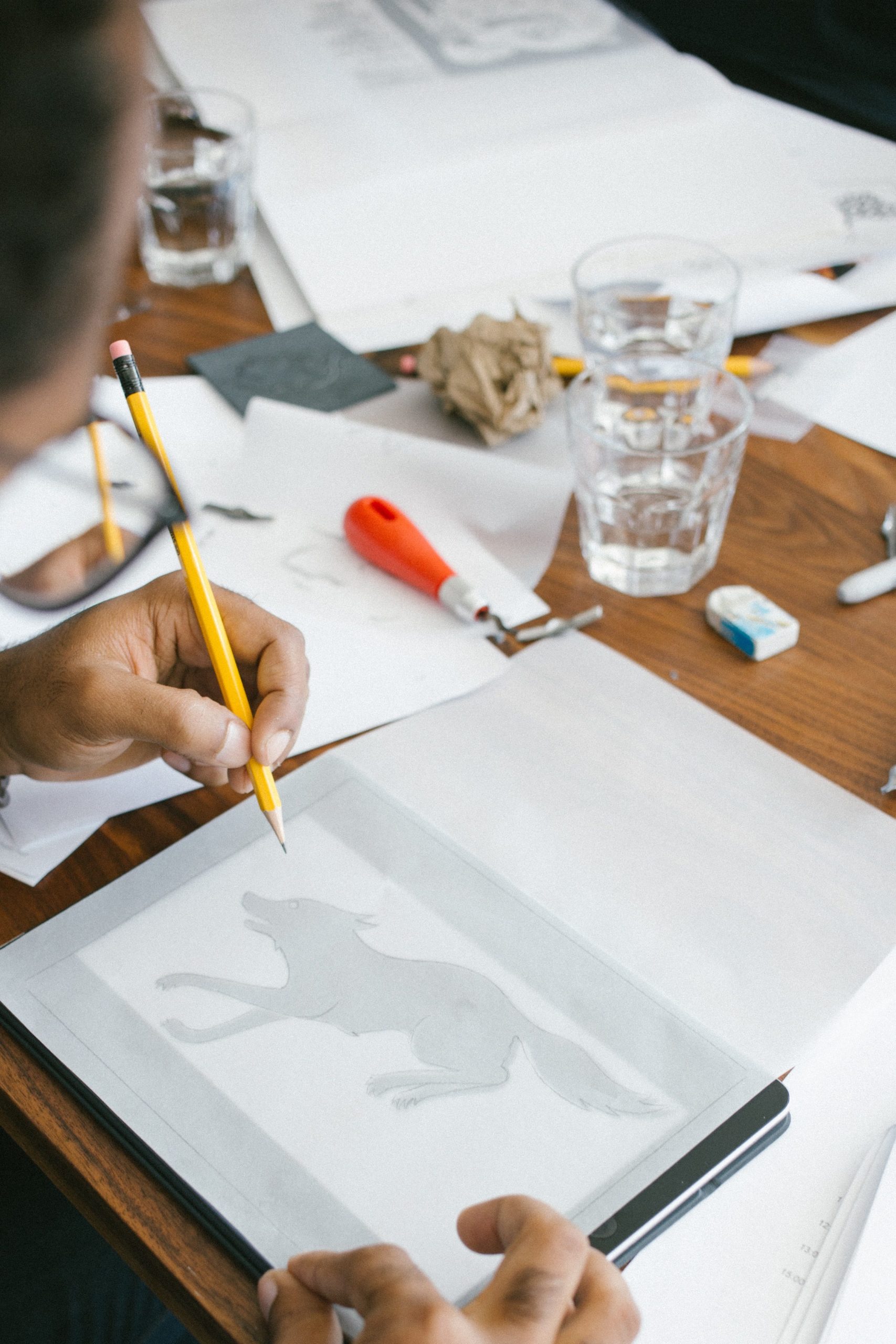
METHODS FOR CREATING YOUR OUTLINE
Whilst some artists work without an outline, most will find one beneficial. An outline will help you with things like proportion and composition.
An artist may use one or more method for creating an outline and their chosen method may be entirely dependent on their chosen subject. For example, an artist may freehand a landscape or personal drawing but for a human portrait or commission may trace the outline since proportion and shapes are so important for achieving likeness.
Methods for creating outlines are usually a hot topic on forums and groups, with some artists having strong opinions on why or why not a method should be used. The truth is that none of the methods are wrong and nobody should be discouraged from using their chosen method. They are simply tools used to create artwork, much like a coloured pencil or paintbrush.
So, what are the most common methods for creating outlines?
FREEHAND
Freehand is probably the most skilled and difficult to master method. You rely solely on your own hand to eye coordination and, since you don’t use any tools, you need a good sense of proportion, patience and a smooth hand. The skills you need for freehand take time, usually many years, to perfect but they are achievable with plenty of practice, determination and patience.

THE GRID METHOD
As the name suggests, the grid method involves drawing a grid over your reference photo to split the picture into pieces and then drawing another one on your chosen work surface. You then draw the image, working square by square until the whole image is transferred. The grid method is the happy medium between freehand and tracing. It helps you to get the correct proportions and can enable you to enlarge or downsize an image, depending on the ratio’s you used. For example, you may draw a grid on your reference photo that is made up of 1cm by 1cm squares but you want to double it in size so you transfer it over to a grid, on your chosen surface, that is made up of 2cm by 2cm squares.

TRACING
Tracing is probably the most controversial of the methods since some artists consider it cheating, despite it being a method used by many many wonderful and famous artists throughout history. Caravaggio and Leonardo Da Vinci are thought to have used tracing to produce some of their most famous pieces.
Many many artists (more than you’d think!) use tracing as their preferred method for creating an outline. It saves a lot of time, ensures correct proportions and can be done in many ways. You can use a lightbox, graphite/carbon paper, your window on a sunny day, your computer monitor or simply cover the back of an image in pencil and then trace over it. Despite the unnecessary controversy surrounding tracing, you still need a certain amount of skill and a steady hand to do it successfully. Tracing does not do the “hard part” for you. Far from it. You still need to have a good understanding of light, shadow, texture, form, colour and colour mixing and how to apply it all correctly. That is the hardest part of creating art.

Why not give all methods a go and see which one works best for you! Remember, there is no right or wrong way and none of them are cheating.
